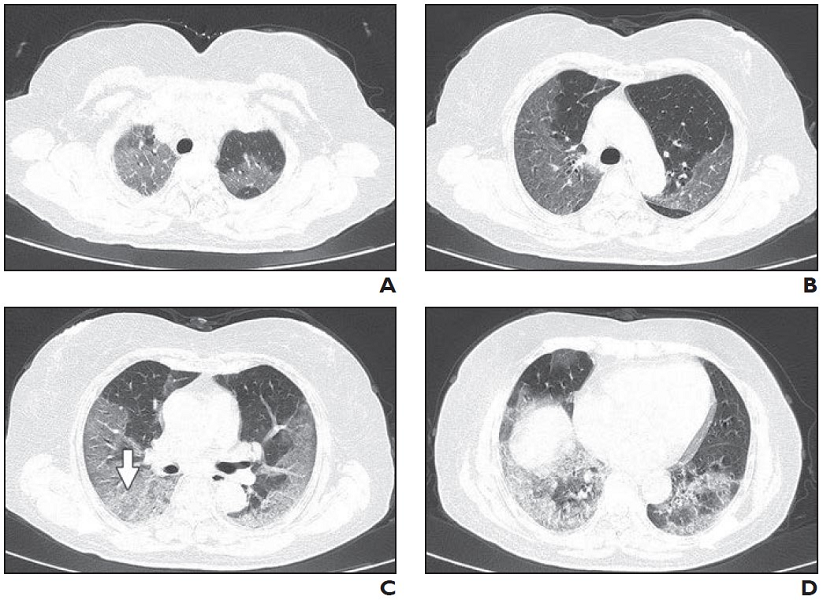
A multi-centre study has used computed tomography (CT) scans to gain insights into the nature and extent of the lung damage caused by novel coronavirus (Covid-19) pneumonia.
The results were collected from 101 cases of Covid-19 pneumonia across four institutions in China’s Hunan province.
The scans determined that 86% of Covid-19 patients have ground-glass opacities (GGO), while 64% have mixed GGO and consolidation and 71% have vascular enlargement in the lesion.
Ground glass opacities indicate partial filling of air spaces in the lungs by exudate or transudate, as well as interstitial thickening or partial collapse of the lung alveoli.
The lesions present on the CT images were more likely to have peripheral distribution (87%) and bilateral involvement (82%). They were also more likely to be lower lung predominant (54%) and multifocal (54%).
Just over 70% of the patients were aged between 21 and 50, and 78% had fever as the onset symptom. Only five patients showed disease associated with a family outbreak.
The researchers also compared the clinical characteristics and imaging features between non-emergency patients with mild cases of the disease and emergency cases of severe or fatal disease.
Emergency patients were older than the patients in the non-emergency group, but the rate of underlying disease was not significantly different between the two. This suggests that viral load could be a better reflection of the severity and extent of Covid-19 pneumonia.
Lead study authors Wei Zhao and Zheng Zhong said: “Architectural distortion, traction bronchiectasis, and pleural effusions, which may reflect the viral load and virulence of Covid-19, were statistically different between the two groups and may help us to identify the emergency type disease.”
Zhao and Zhong said that CT involvement score could help evaluate the severity and extent of individual patients’ Covid-19 pneumonia.
The results of the study are set to be published in the American Journal of Roentgenology.



